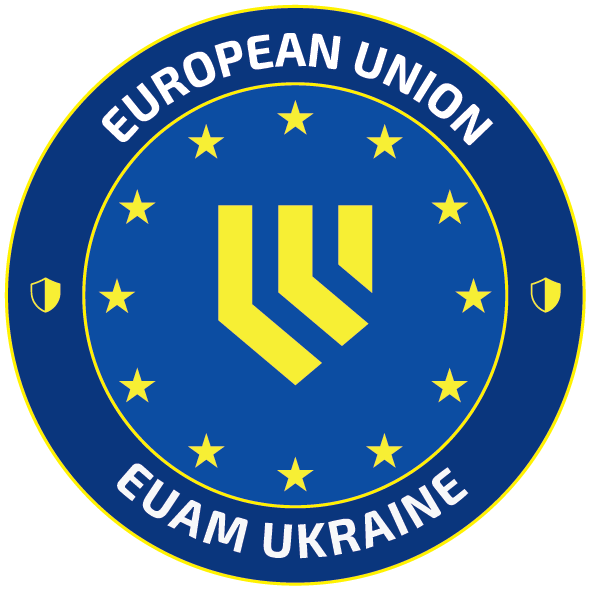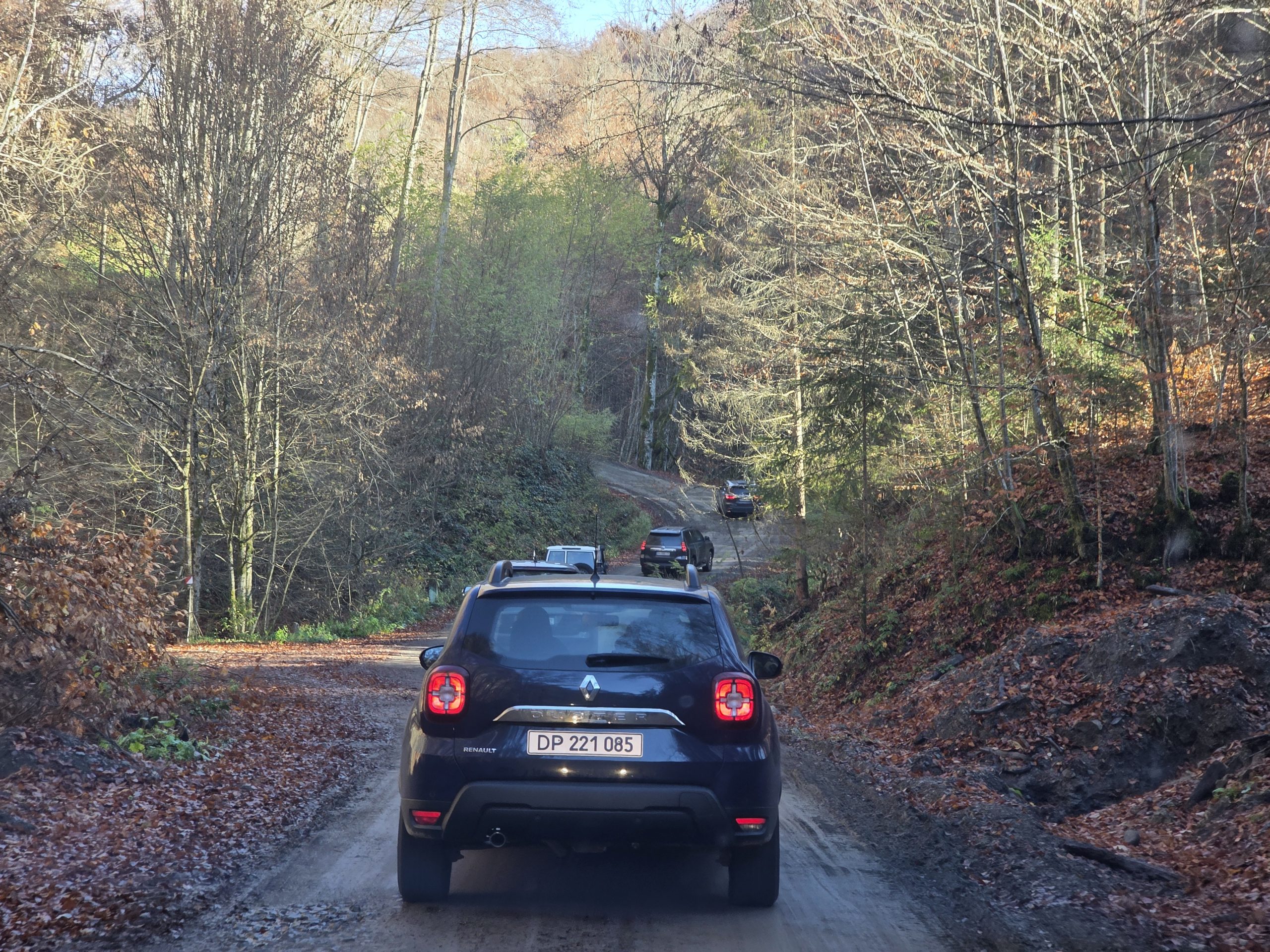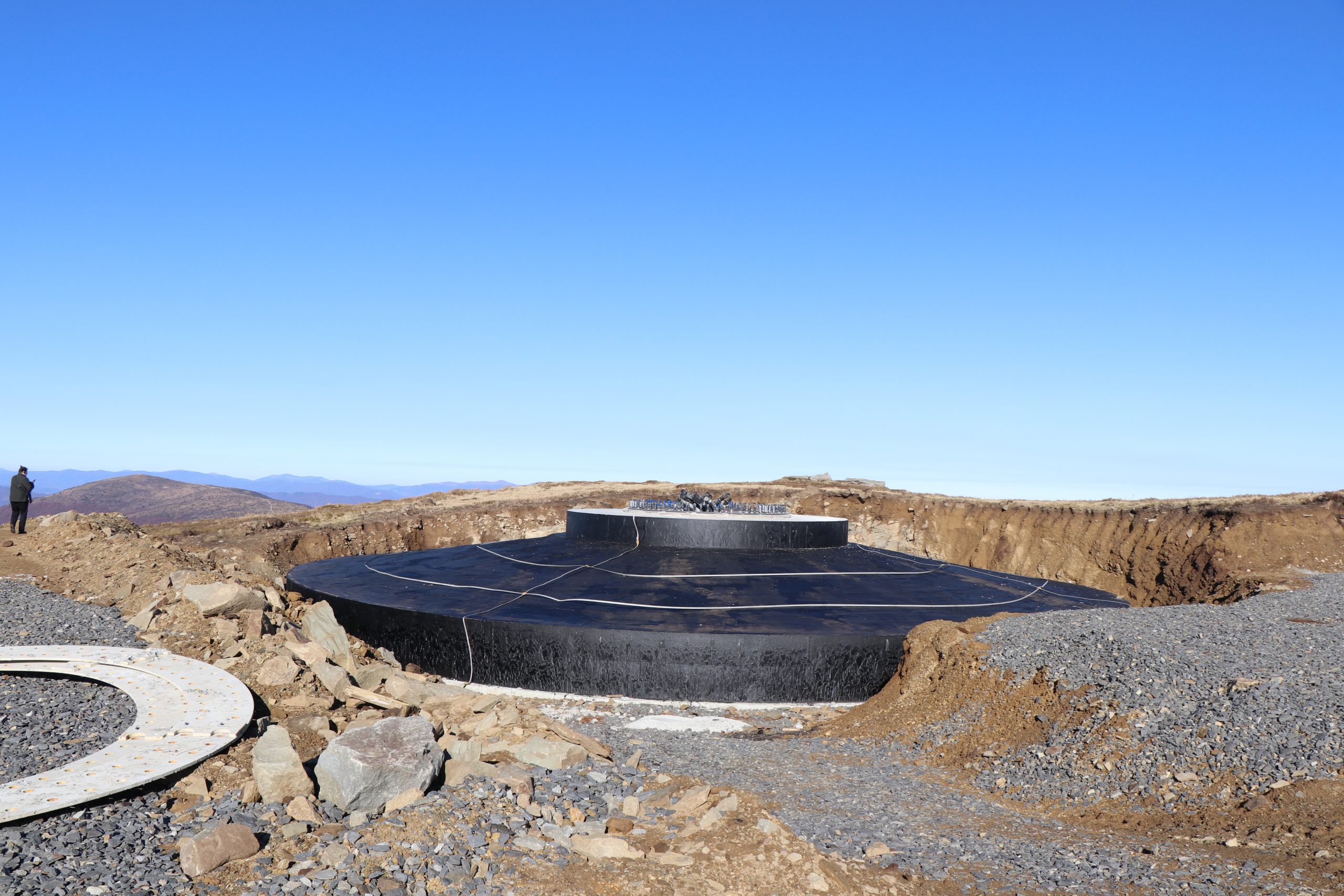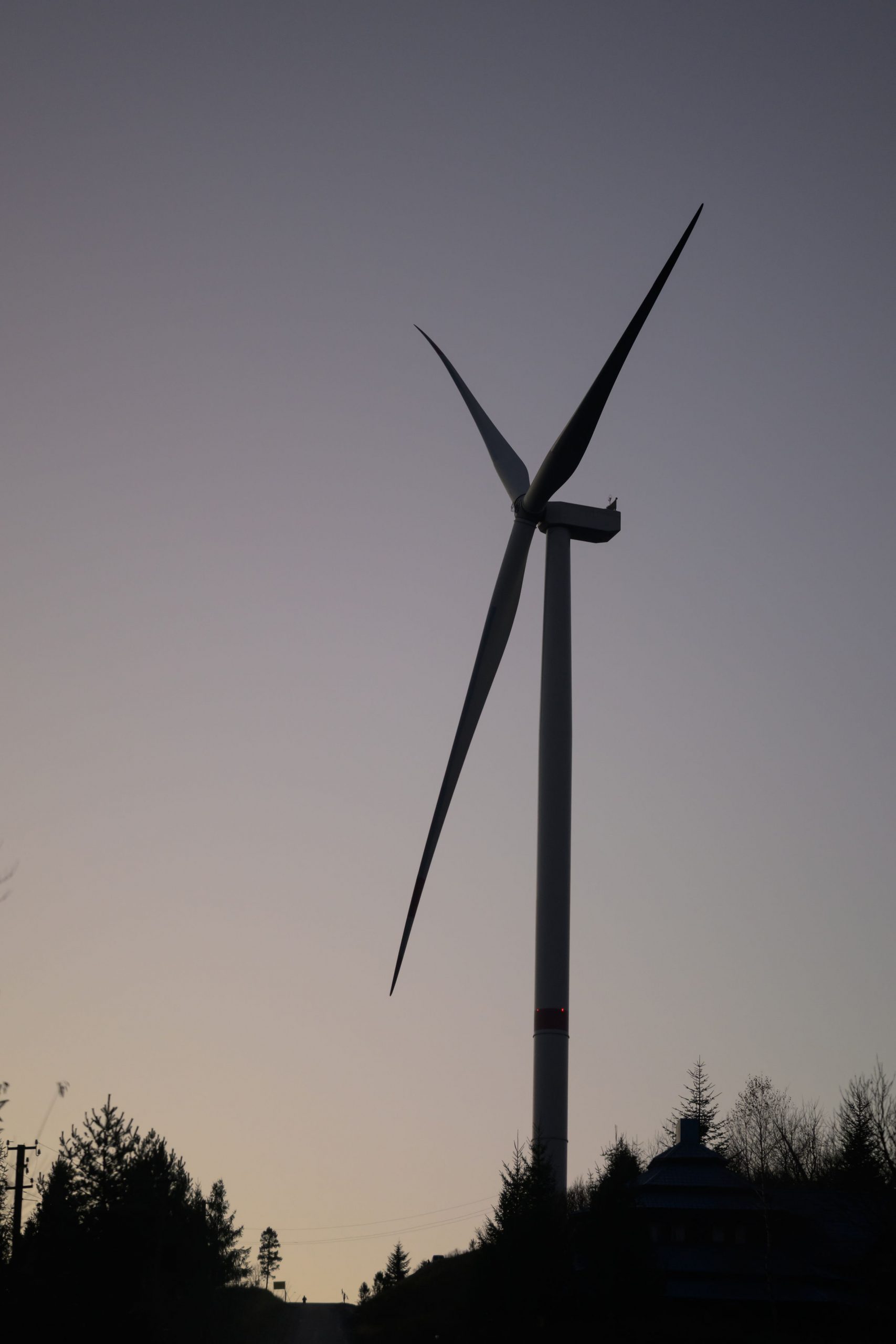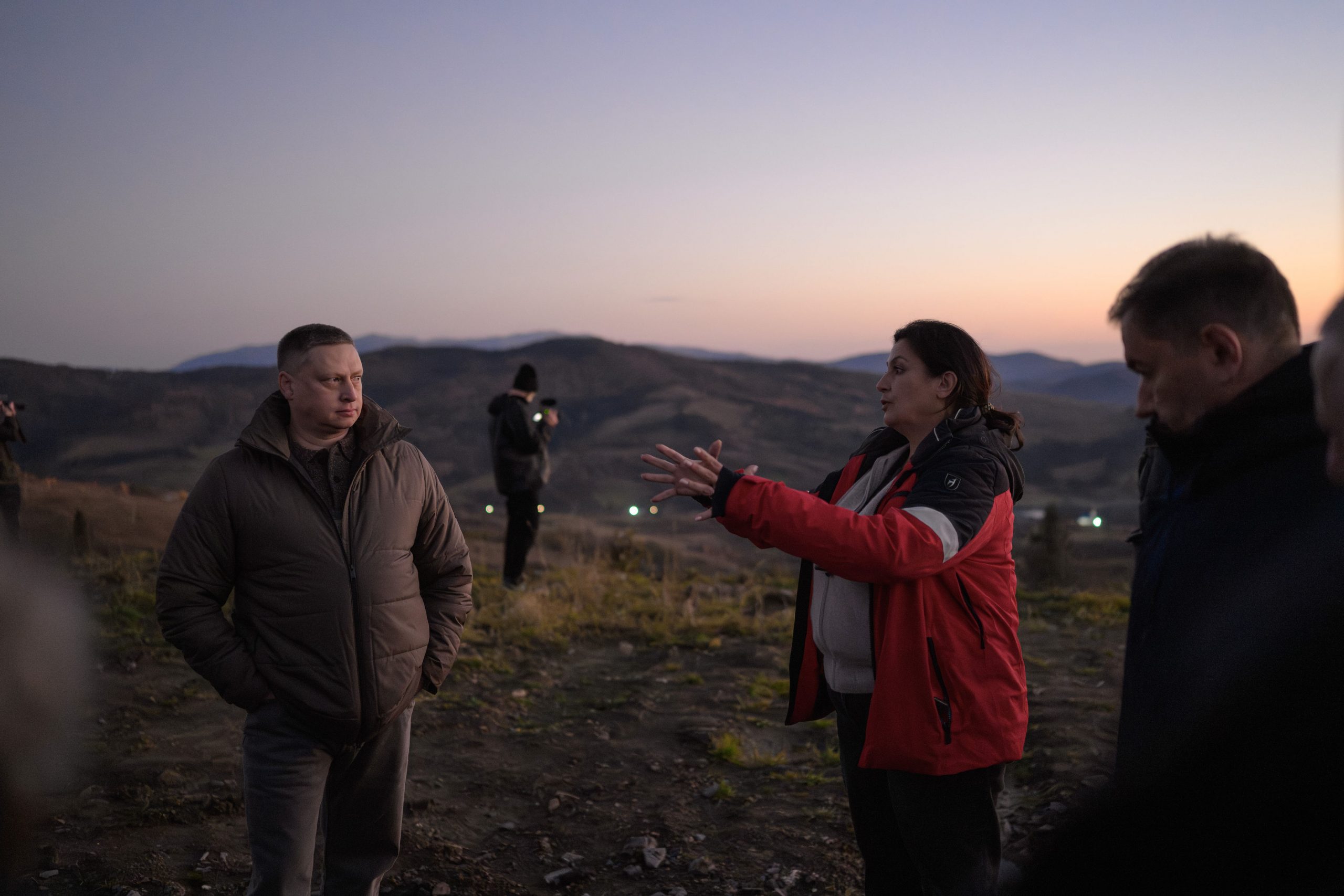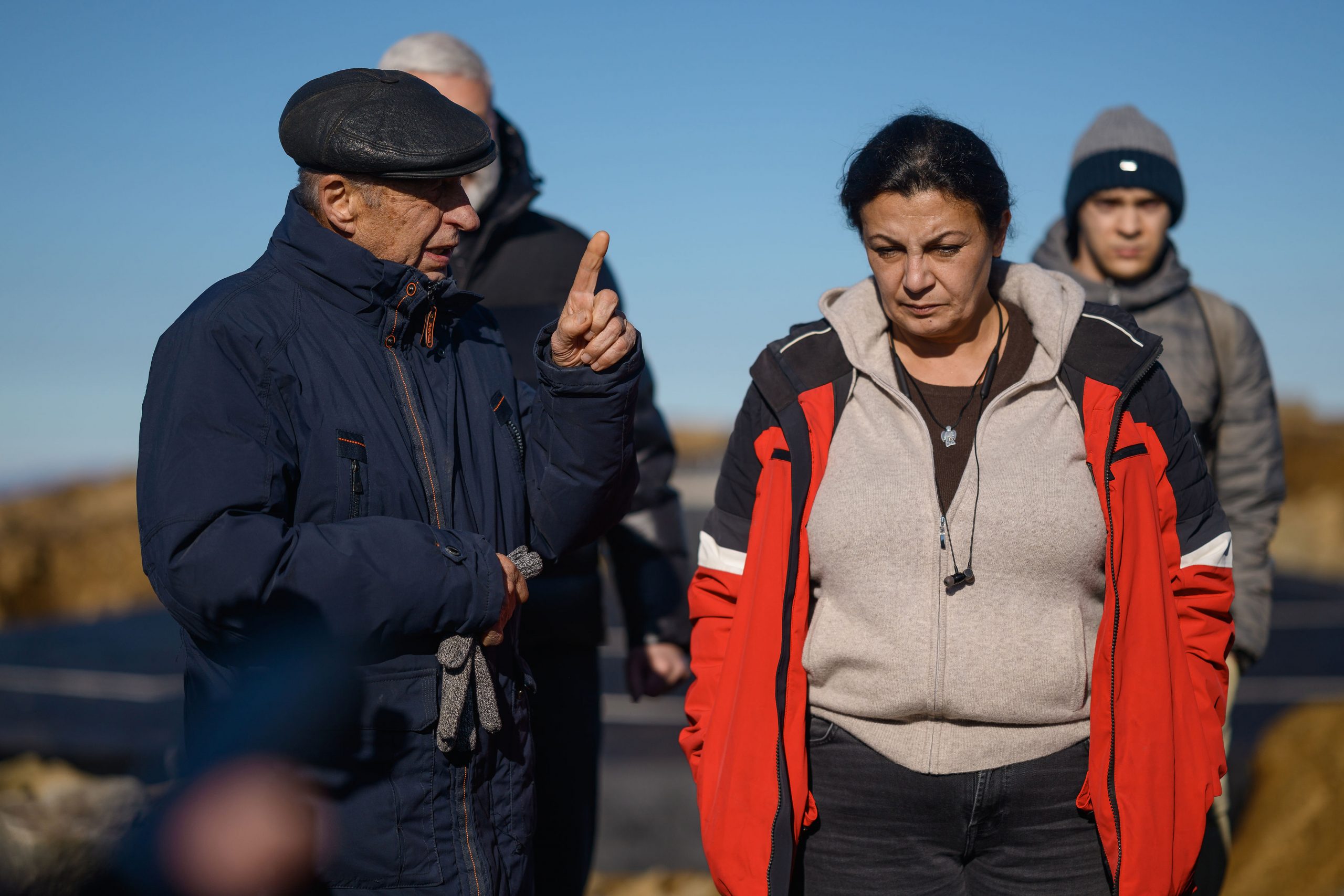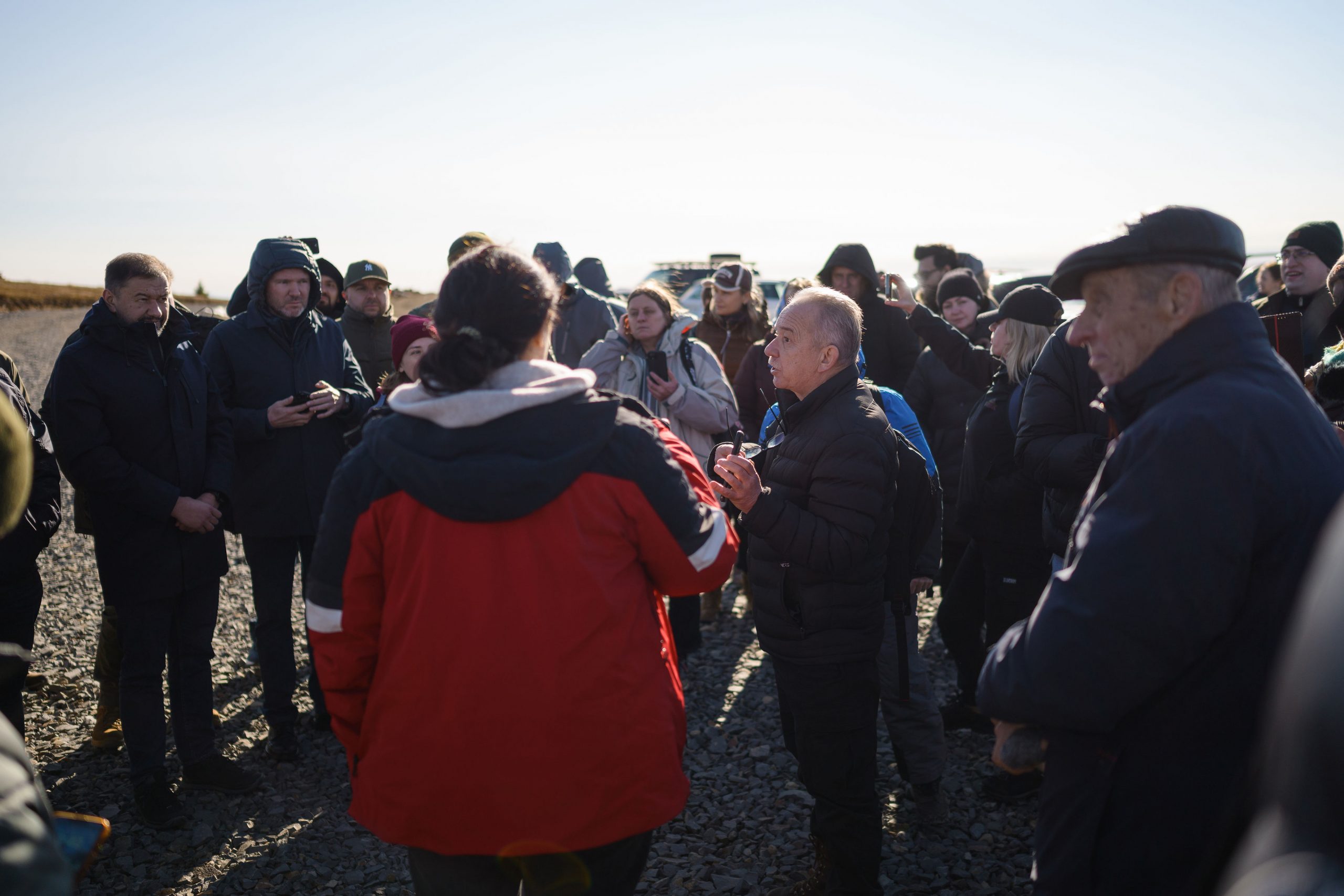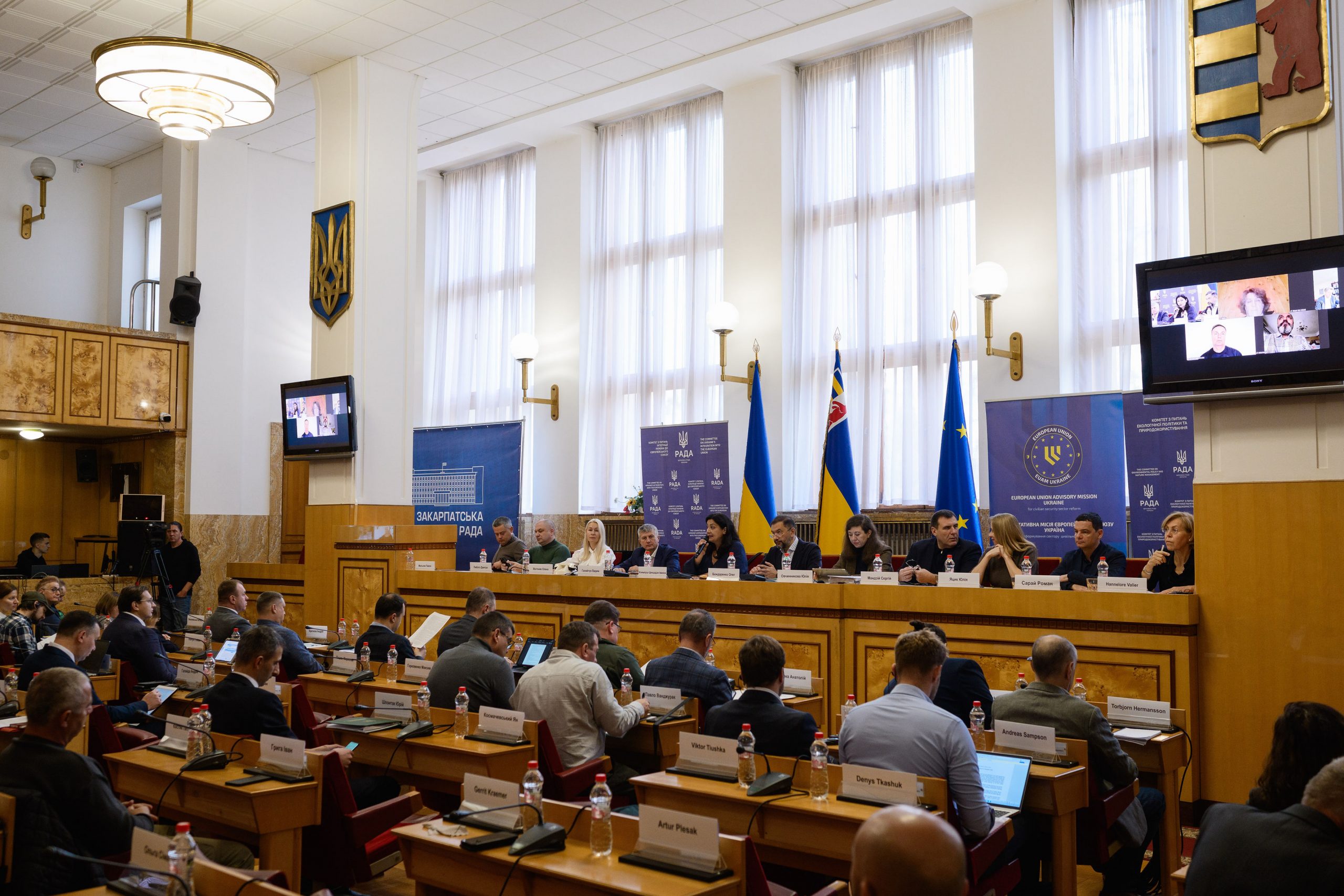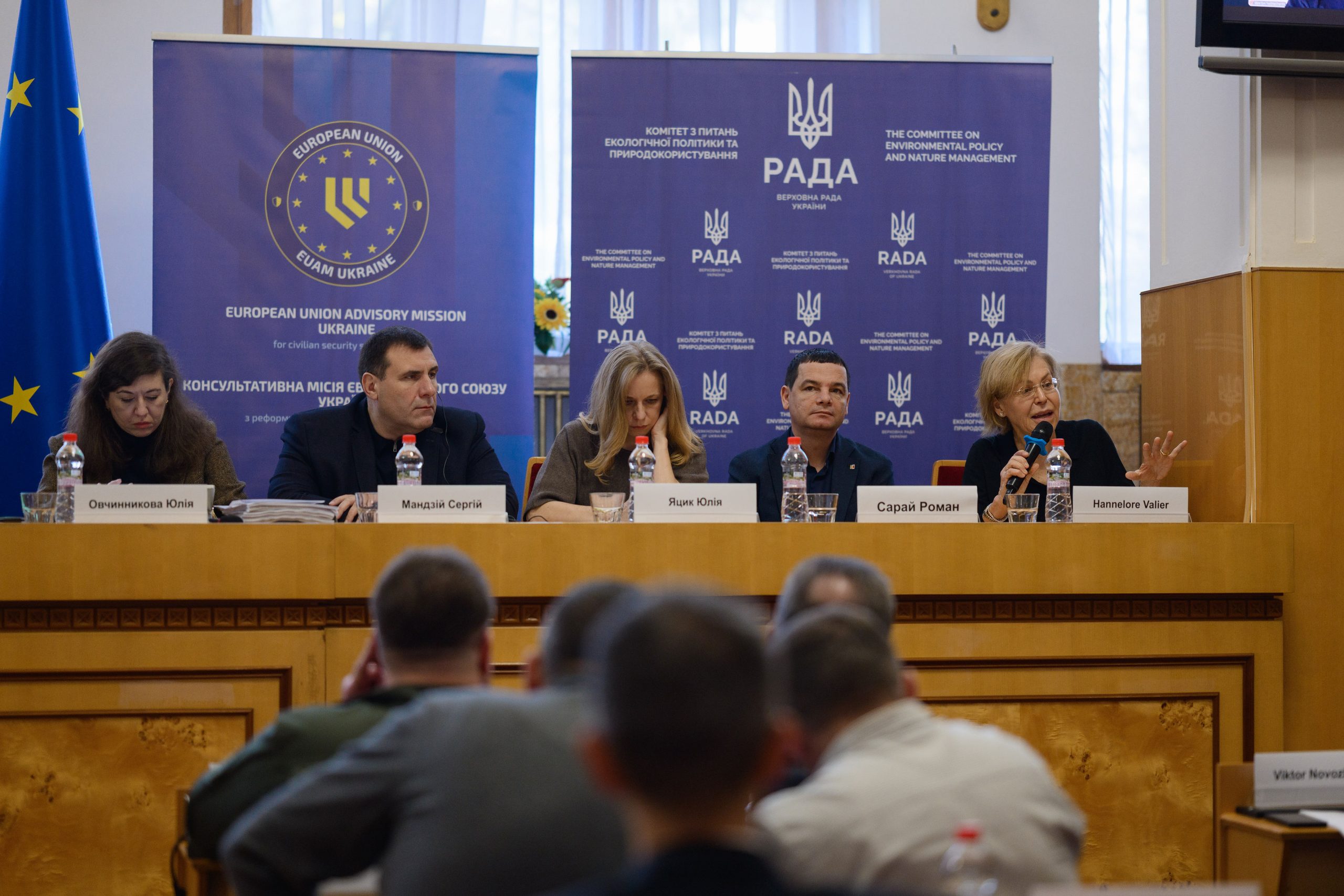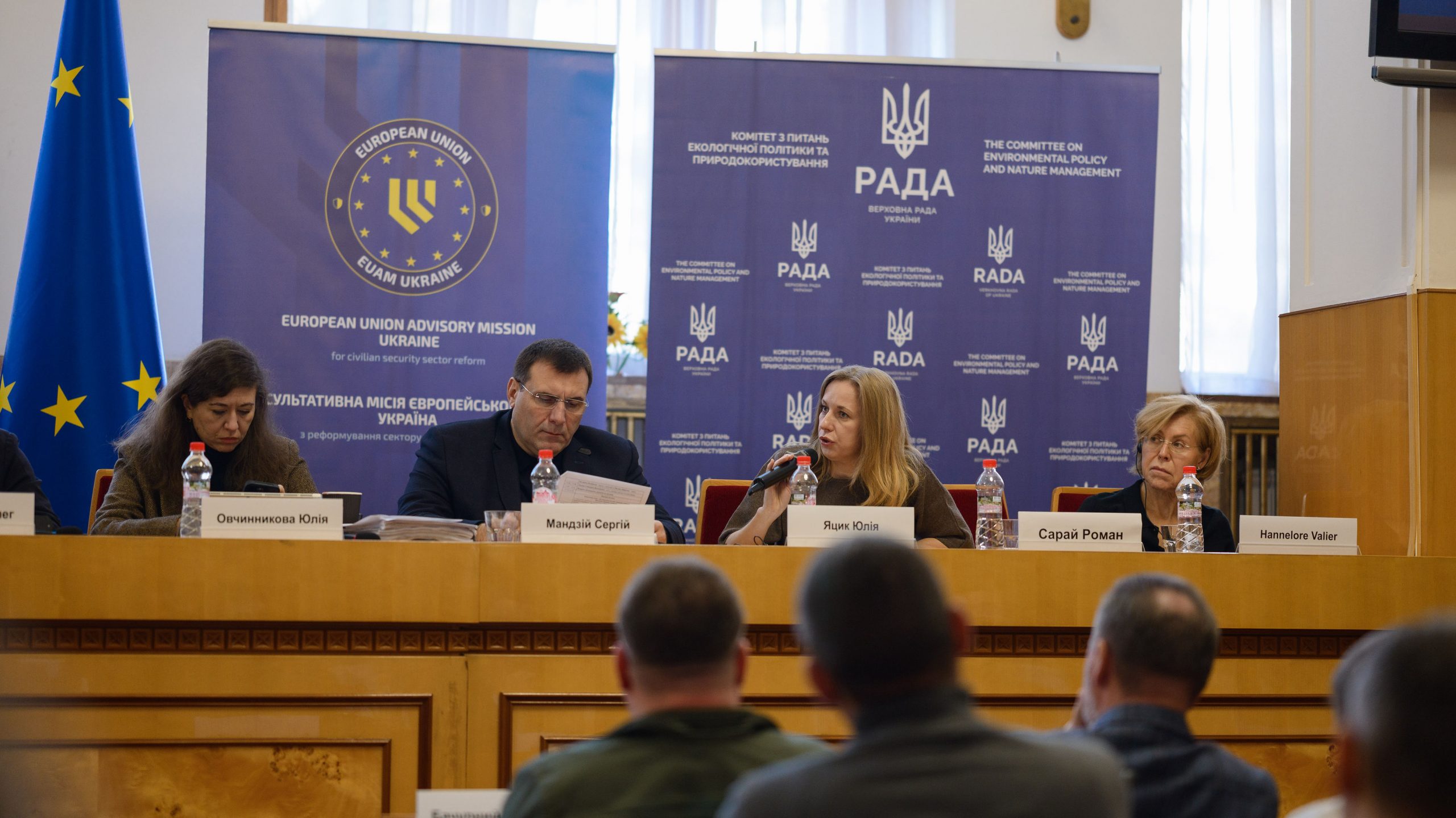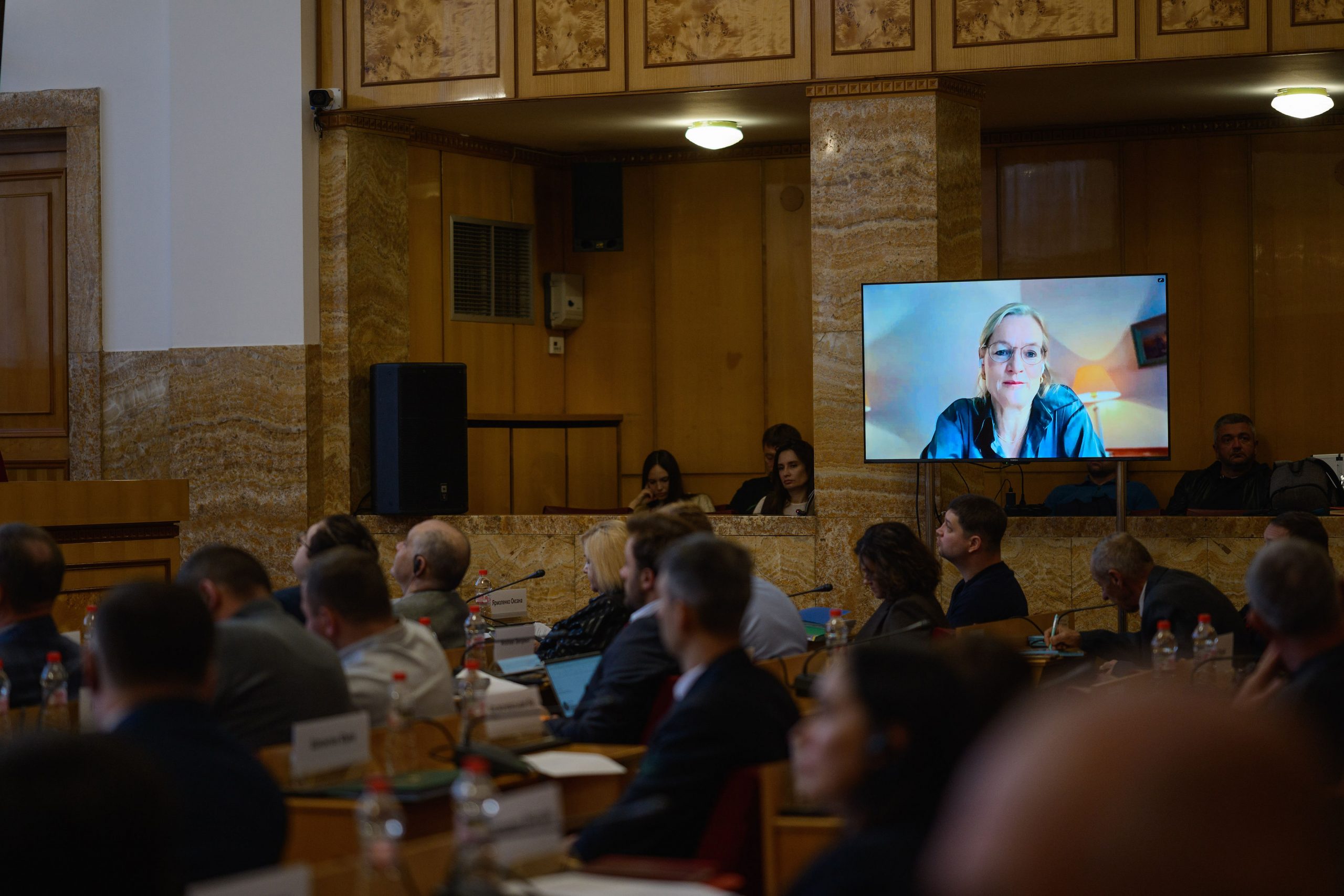Ukrainian MPs Examine Environmental Concerns Around Wind Energy Development in Zakarpattia with EUAM Support
November 13, 2025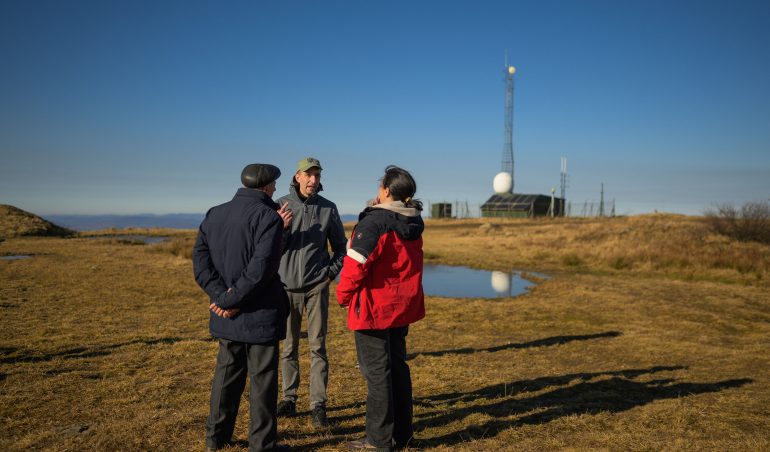
As Ukraine accelerates its transition to renewable energy, one question has become increasingly urgent: how to expand green power without harming the country’s unique natural heritage. This issue was at the centre of a recent field visit of Members of the of the Verkhovna Rada Committees on Ukraine’s Integration into the European Union, Environmental Policy and Nature Management, and Law Enforcement to Zakarpattia. Supported by the European Union Advisory Mission (EUAM) Ukraine, the visit focused on the legality of wind farm construction in ecologically sensitive areas of the Carpathians and prevention of potential crimes in this field.
The parliamentary delegation met with representatives of local authorities, national park administrations, environmental inspectors, and civil society to gain a first-hand understanding of how ongoing wind energy projects interact with protected zones. The mission aimed to encourage evidence-based, transparent decision-making and to strengthen cooperation between state institutions, communities, and environmental experts and law enforcement.

Ivanna Klympush-Tsintsadze, Chair of the Verkhovna Rada Committee on Ukraine’s Integration into the EU, emphasised the longstanding value of EUAM’s assistance:
“The support provided by the EUAM is very important to us. Over the years of cooperation, the Mission has helped to organise numerous field meetings of our Committee with the participation of representatives of other committees, government officials and the public. In particular, with the help of the EUAM, we visited Ukraine’s borders with all neighbouring countries (except Russia and Belarus), working to improve integrated border management. Now, the EUAM is helping us to comply with European integration environmental legislation, particularly in the Carpathians, and we are very grateful to the Mission for its support and involvement.”
During the visit, civil society experts from Forest Initiatives and Society (ForestCom) presented their latest observations from inspections in the Nyzhni Vorota community and on Mount Runa. They raised the issue that several wind turbines have been placed directly within or along the borders of the Emerald Network and in close proximity to the Boykivshchyna National Nature Park – a location they consider illegal due to the potential harm to biodiversity. As noted by expert Vasyl Havryliuk, turbines positioned only 30–40 meters from protected areas may affect birds, bats, migration routes of wild animals, and the broader landscape through noise and visual pollution. He stressed that Ukrainian legislation should introduce minimum buffer zones of at least 500 meters around nature reserve boundaries.
To further broaden the discussion, environmental specialists emphasised that Ukraine does not need to choose between renewable energy development and nature protection—both are essential elements of the country’s European integration path. As Oxana Stankiewicz-Volosianchuk, PhD, ecologist at the NGO Ecosphera, noted, “Ukraine should not have to choose between developing renewable energy and preserving nature in favour of one or the other, because these are two parts of the same whole on the path towards climate neutrality – and both are equally our direct European integration commitments. Abandoning high-mountain wind farms and focusing wind energy projects in these alternative areas would reduce social tension and resolve the conflict between wind energy and nature”.
Her remarks aligned with the concerns raised earlier during the visit, reinforcing that strategic, law-compliant planning can enable both the growth of renewable energy and the preservation of the Carpathians’ unique ecosystems.
ForestCom lawyer Natalia Kaplia added that the planned installation of 30 turbines on Mount Runa is proceeding without a completed environmental impact assessment. She pointed out that primaeval forest research has been ongoing since 2018, while construction activity – including new forest roads – has already caused visible human-induced impact on old-growth stands. According to her, this situation requires urgent formalisation of the territories that qualify as natural monuments. These observations provided the MPs with concrete material for discussions on improving oversight mechanisms, strengthening environmental safeguards, and ensuring that renewable energy development aligns with both European standards and Ukraine’s commitments under environmental legislation.
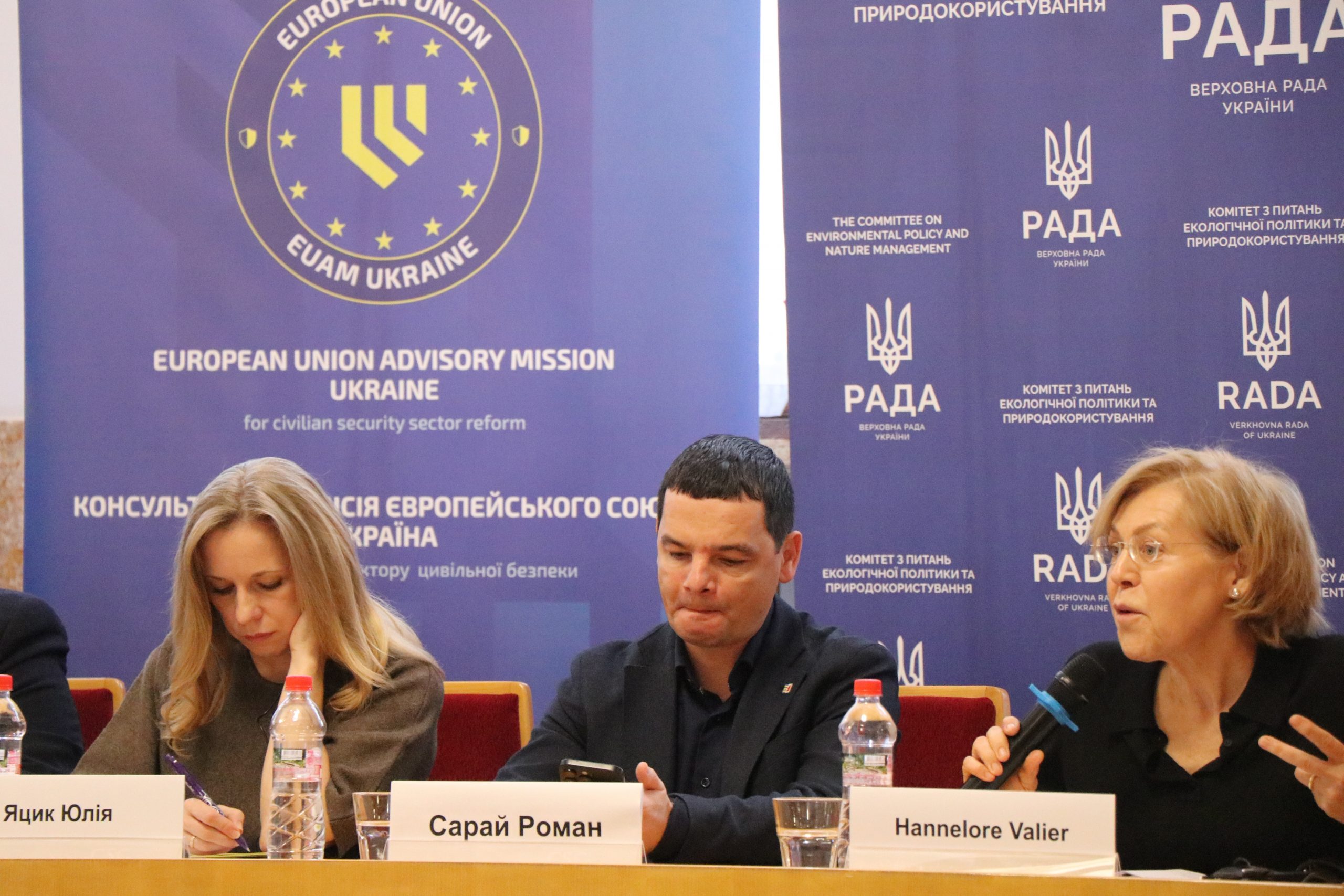
Hannelore Valier, Head of EUAM Ukraine’s Lviv Field Office, underlined the Mission’s role in supporting democratic dialogue and sustainable policy development:
“Renewable energy is crucial for Ukraine’s sustainable future and its path towards closer integration with the EU. At the same time, it is essential that such projects are carried out transparently and in full compliance with the law, environmental standards and with the involvement of civil society. The Ukrainian Carpathians are an important cultural and natural heritage not only for the country, but for Europe as a whole. This must be protected. We as EUAM Ukraine are happy to support such events as part of a living democracy.”
EUAM Ukraine’s support to this visit is part of its broader commitment to strengthening environmental rule of law, ensuring that development is sustainable, and helping state institutions make informed decisions. By bringing together legislators, experts, and communities, activities like this contribute directly to protecting Ukraine’s natural heritage while supporting its progress towards a modern, environmentally responsible energy sector.
